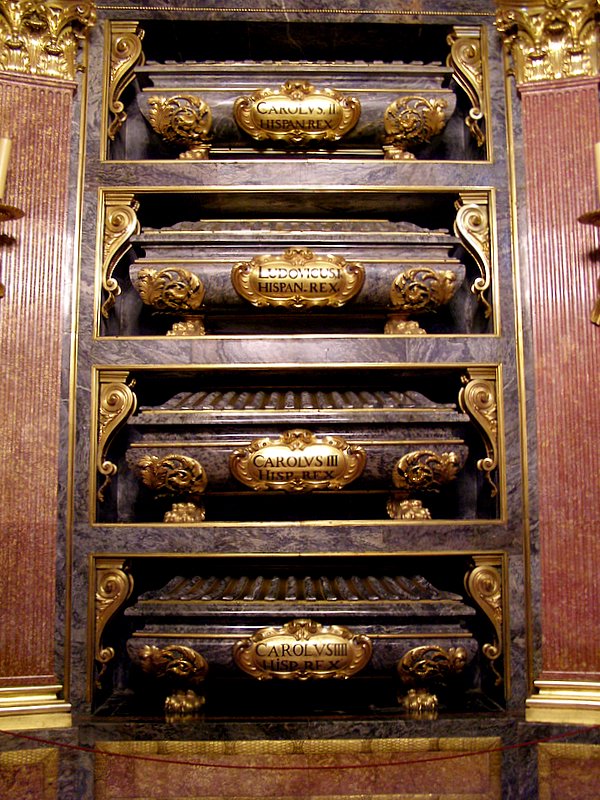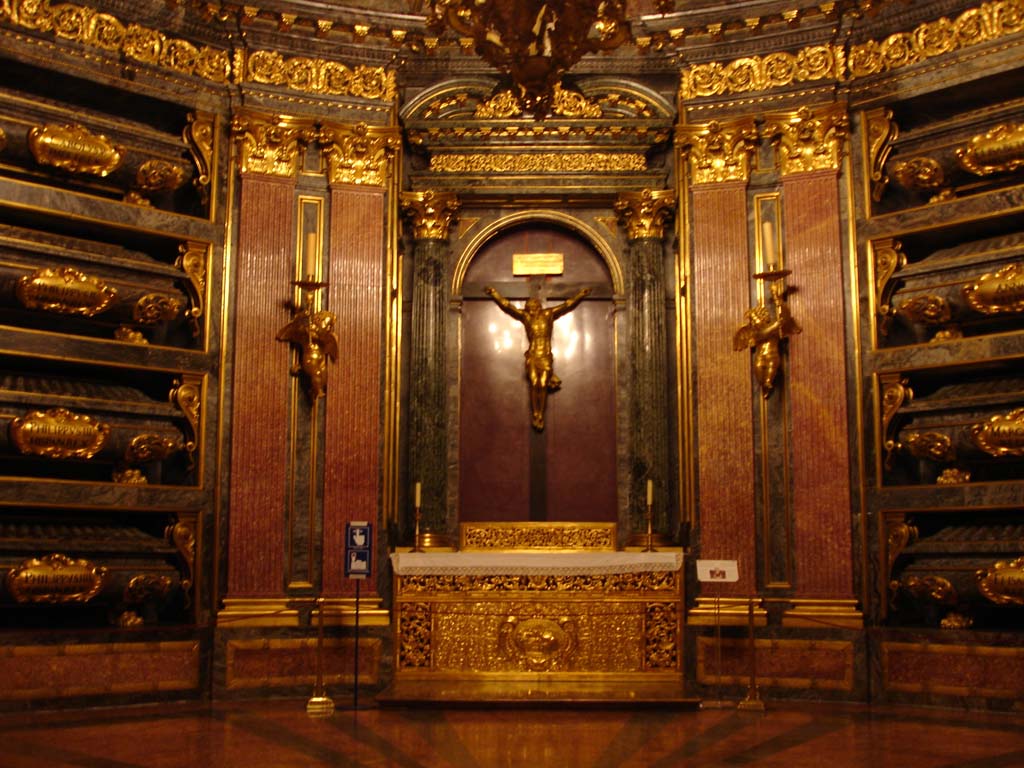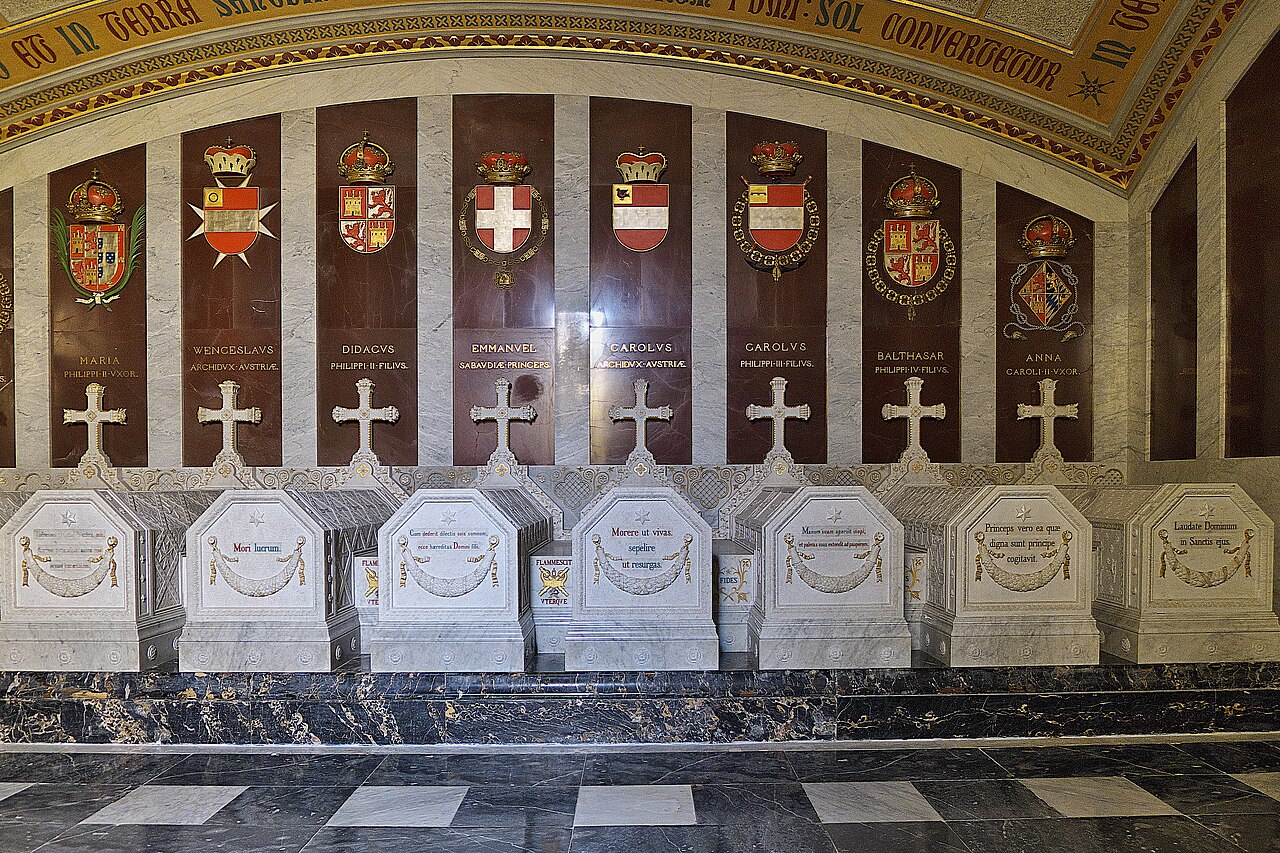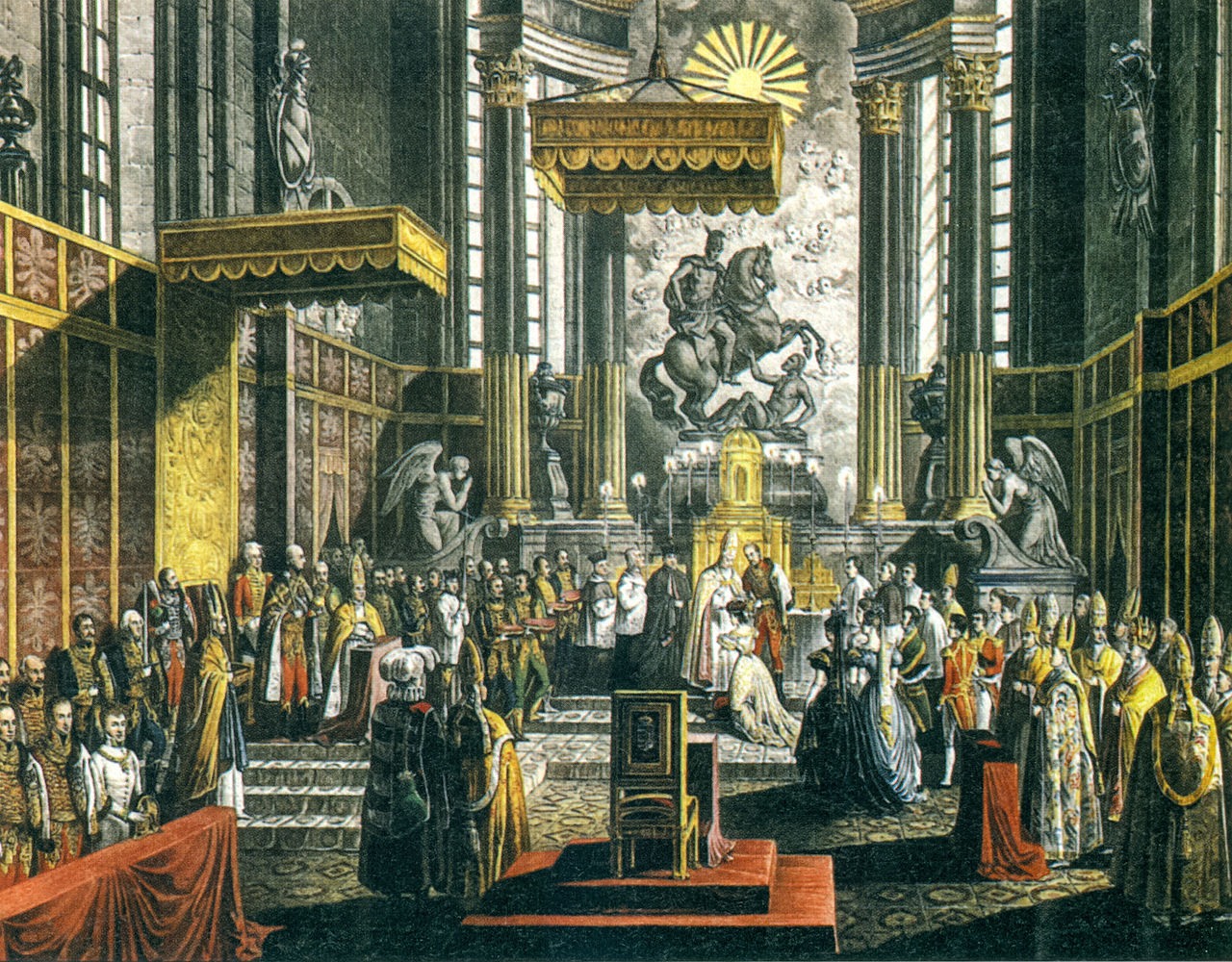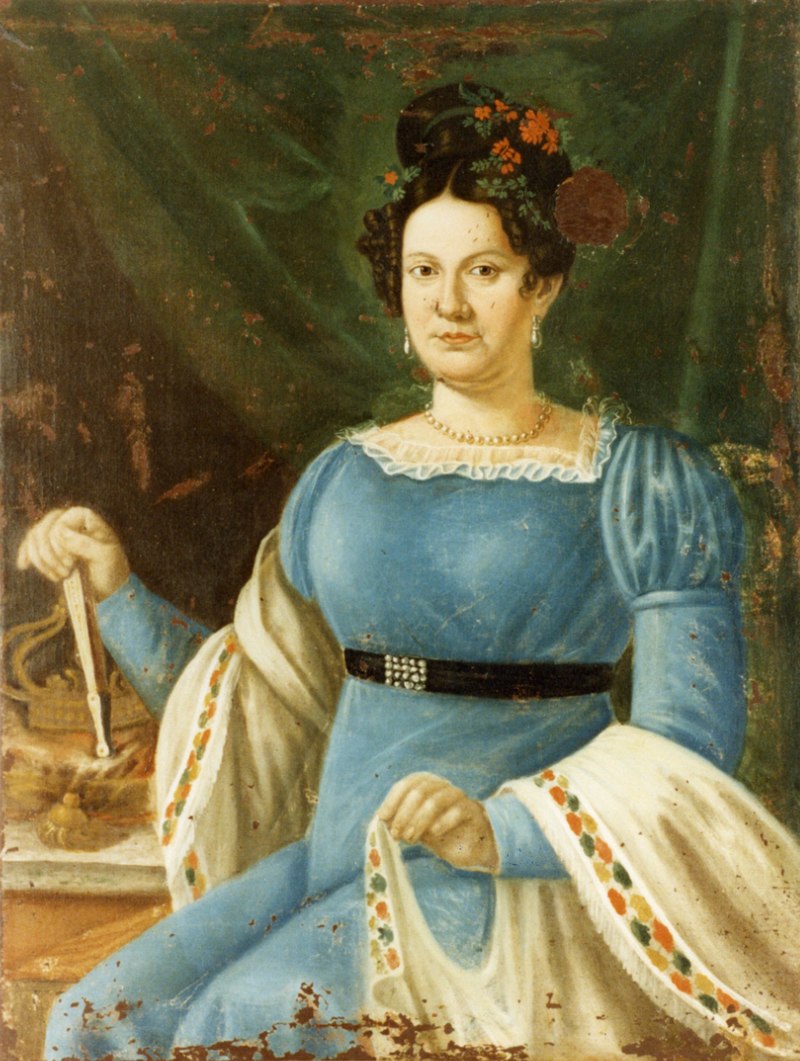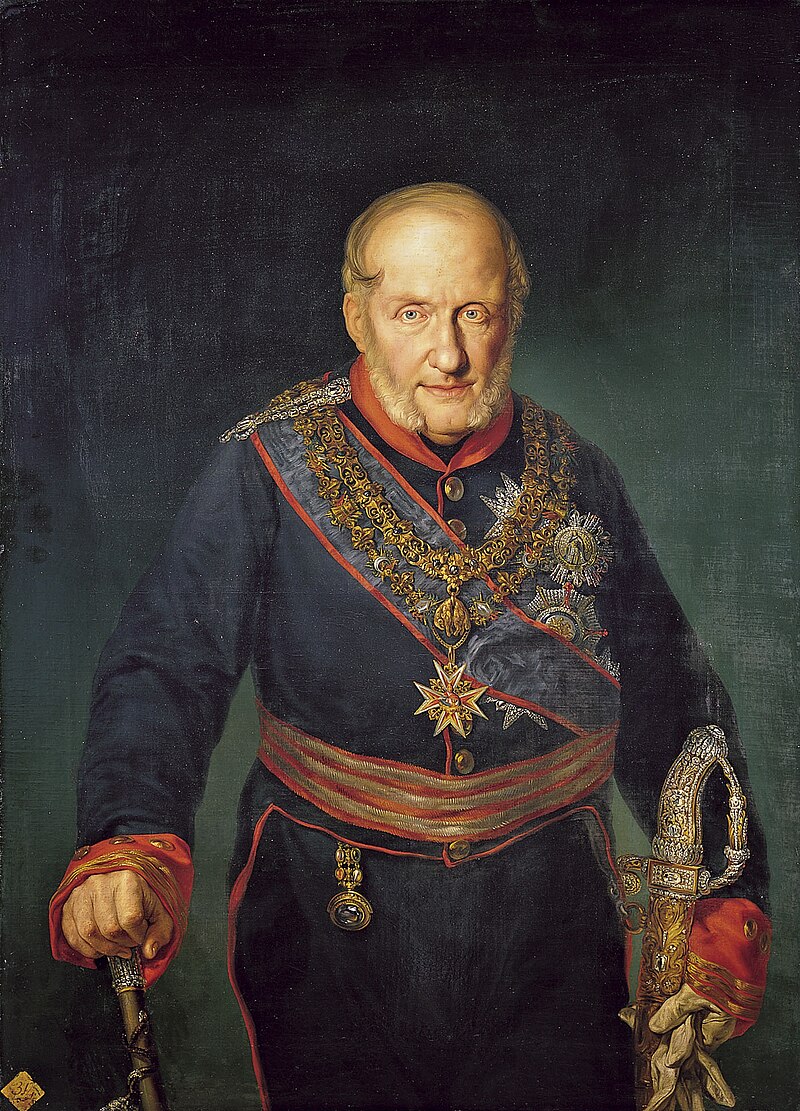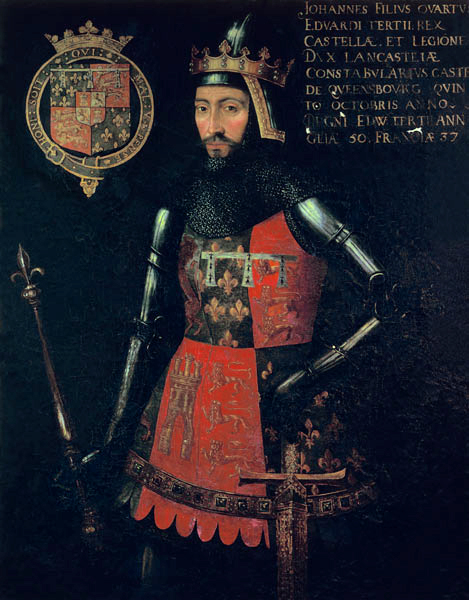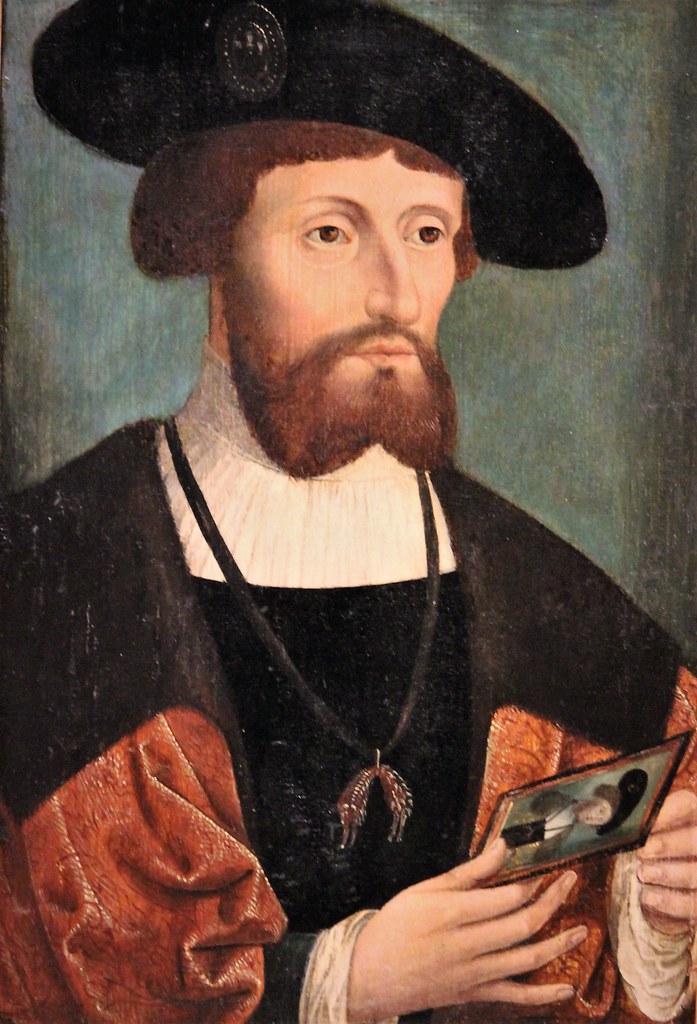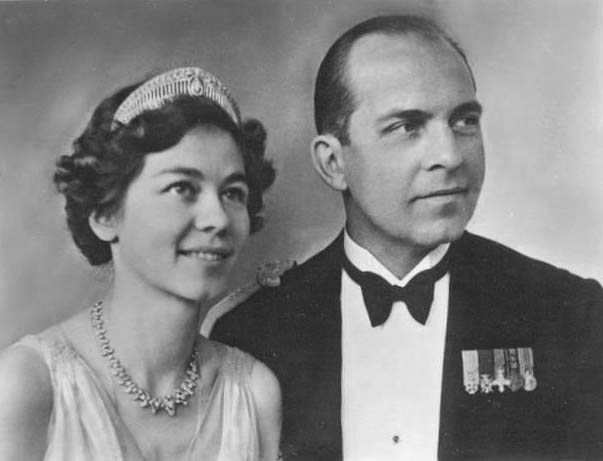by Susan Flantzer
© Unofficial Royalty 2022

Mariana Victoria of Spain, Queen of Portugal; Credit – Wikipedia
Mariana Victoria of Spain was the wife of José I, King of Portugal. She was born at the Royal Alcazar of Madrid in Spain on March 31, 1718, the second of the six children and the eldest of the three daughters of Felipe V, the first Bourbon King of Spain, and his second wife Elisabeth Farnese of Parma. Mariana Victoria’s father was born into the French royal family as Philippe, Duke of Anjou, and was a grandson of Louis XIV, King of France. In 1700, when the last Spanish king of the House of Habsburg, Carlos II, King of Spain, died childless with no immediate Habsburg heir, he named 16-year-old Philippe of Anjou, Duke of Anjou as his successor. Today’s Spanish royal family is still members of the House of Bourbon and are descendants of Mariana Victoria’s father Felipe V, King of Spain.
Mariana Victoria’s paternal grandparents were Louis, Le Grand Dauphin, the eldest son of Louis XIV, King of France and the heir apparent to the throne of France, and Maria Anna Victoria of Bavaria. Louis, Le Grand Dauphin never became King of France. He died of smallpox at the age of 49, predeceasing his father King Louis XIV. Mariana Victoria’s maternal grandparents were Odoardo Farnese, Hereditary Prince of Parma and Dorothea Sophie of Neuburg.

The family of Felipe V, King of Spain in 1743: (L-R) Mariana Victoria, Princess of Brazil; Barbara, Princess of Asturias; Fernando, Prince of Asturias; King Felipe V; Luis, Count of Chinchón; Elisabeth Farnese; Infante Felipe; Louise Élisabeth of France; Infanta Maria Teresa; Infanta Maria Antonia; Maria Amalia of Saxony, Queen of Naples and Sicily; Carlo, King of Naples and Sicily. The two children in the foreground are Princess Maria Isabella Anne of Naples and Sicily and Infanta Isabella of Spain, daughter of Infante Felipe; Credit – Wikipedia
Mariana Victoria had five siblings:
- Carlos III, King of Spain (1716 – 1788), married Maria Amalia of Saxony, had thirteen children
- Infante Felipe of Spain, Duke of Parma (1720 – 1765), founder of the House of Bourbon-Parma, married Louise Élisabeth of France, had three children
- Infanta Maria Teresa Rafaela of Spain (1726 – 1746), married (first wife) Louis, Dauphin of France (the only surviving son of Louis XV, King of France), had one daughter who died at age two, died due to childbirth complications
- Infante Luis of Spain, Count of Chinchón (1727 – 1785), formerly Archbishop of Toledo, Primate of Spain, and Cardinal, renounced his ecclesiastical titles, married morganatically María Teresa de Vallabriga, had three children
- Infanta Maria Antonia Ferdinanda of Spain (1729 – 1785) married Vittorio Amadeo III, King of Sardinia, had twelve children
Mariana Victoria had four half-siblings from her father’s first marriage to Maria Luisa Gabriella of Savoy who died from tuberculosis at age 25:
- Luis I, King of Spain (1707 – 1724), married Louise Élisabeth d’Orléans, no children, reigned for seven months after the abdication of his father, died from smallpox at age 17, his father Felipe V resumed the throne after Luis’ death
- Infante Felipe of Spain (born and died 1709), died in infancy
- Infante Felipe of Spain (1712 – 1719), died at age 7
- Fernando VI, King of Spain (1713 – 1759), married Barbara of Portugal, no children
After the War of the Quadruple Alliance (1718 – 1720), which pitted Spain against Great Britain, France, Austria, Savoy, and the Dutch Republic, France and Spain decided to reconcile with a marriage arrangement between two-year-old Mariana Victoria of Spain and her first cousin, ten-year-old Louis XV, King of Spain. Mariana Victoria was to be raised in France, and the couple would not be married until Mariana Victoria reached a mature age. The nearly four-year-old Mariana Victoria arrived in Paris, France on March 2, 1722, and took up residence at the Palais du Louvre. Marie Anne de Bourbon, an illegitimate daughter of King Louis XIV and his mistress Louise de La Vallière, was responsible for Mariana Victoria’s education, and Charlotte de La Motte Houdancourt, Duchess of Ventadour, who had been the governess of King Louis XV, Mariana Victoria’s intended groom, was appointed her governess.

King Louis XV of France and Mariana Victoria in 1723; Credit – Wikipedia
However, in 1725, when Mariana Victoria was seven-years-old, influenced by Prime Minister Louis Henri, Duke of Bourbon, it was decided to send Mariana Victoria back to Spain. The Duke of Bourbon wanted his sister to be King Louis XV’s bride so he would have more influence. This situation was made worse by what was occurring in Spain. In 1724, Mariana Victoria’s 17-year-old brother Luis I, King of Spain died from smallpox. He was married to Louise Élisabeth d’Orléans, daughter of Philippe II, Duke of Orléans (son of Louis XIV of France’s only sibling Philippe I, Duke of Orléans) and Françoise Marie de Bourbon (daughter of Louis XIV and his mistress Françoise-Athénaïs de Rochechouart, Marquise de Montespan). Because the marriage of Luis I, King of Spain, and Louise Élisabeth d’Orléans had not been consummated, Louise Élisabeth was sent back to France. Mariana Victoria left Versailles on April 5, 1725, and traveled to the Spanish border, where she and Louise Élisabeth were exchanged. Five months later, 15-year-old Louis XV, King of France married 22-year-old Marie Leszczyńska, daughter of Stanislaus I, the deposed King of Poland.

Mariana Victoria’s husband José, Prince of Brazil (the future José I, King of Portugal); Credit – Wikipedia
To strengthen an alliance with Portugal, a double marriage between Spain and Portugal was arranged between Mariana Victoria and José, Prince of Brazil (the future José, I. King of Portugal) the son and heir of João V, King of Portugal, and between Mariana Victoria’s half-brother, her father’s heir Fernando, Prince of Asturias, later Fernando VI, King of Spain, and Barbara of Portugal, daughter of João V, King of Portugal. In a complex and protocol-filled arrangement called the Exchange of the Princesses, on January 19, 1729, the two sets of princes and princesses were escorted to the Portugal-Spain border by the two royal courts, and the princesses were exchanged in a richly decorated wooden pavilion built on a bridge over the Caia River that linked the towns of Elvas, Portugal and Badajoz, Spain. Then, both couples were married in richly decorated pavilions on the same day on the grooms’ sides of the Caia River.

A contemporary engraving depicting the Exchange of the Princesses over the Caia River on the Portugal-Spain border; Credit – Wikipedia
Mariana Victoria and José developed a close relationship. They both enjoyed hunting and music. Mariana Victoria was an accomplished singer, and they patronized Italian opera singers and the theater. They were both passionately religious, but despite this, José had several mistresses much to his wife’s dislike.
Mariana Victoria and José had four daughters, but there were also four stillbirths, including one stillborn son. Two daughters remained unmarried. Maria Ana Francisca was a proposed bride for Louis, Dauphin of France, the son of Louis XV, King of France who predeceased his father, but Mariana Victoria rejected the marriage. When another daughter, Doroteia, was proposed as a wife for Louis Philippe II, Duke of Orléans, Mariana Victoria again refused the match. After the death of her husband, Mariana Victoria negotiated the marriage of the youngest daughter Benedita to José, Prince of Brazil, Mariana Victoria’s grandson.
Mariana Victoria and José’s four daughters:
- Maria I, Queen of Portugal (1734 – 1816), married her paternal uncle Pedro of Portugal, who was her co-ruler as Pedro III, King of Portugal, had six children
- Maria Ana Francisca of Portugal (1736 – 1813), unmarried
- Maria Doroteia of Portugal (1739 – 1771), unmarried
- Maria Benedita of Portugal (1746 – 1829) married her nephew José, Prince of Brazil, Duke of Braganza (the eldest child and heir of Maria I, Queen of Portugal until his death from smallpox), no children

José I, King of Portugal; Credit – Wikipedia
Mariana Victoria’s husband José did not become King of Portugal until twenty-one years after his marriage, when his father died in 1750. José named Sebastião José de Carvalho e Melo, 1st Marquis of Pombal as his chief minister. Pombal was the de facto ruler of the Portuguese Empire from 1750 until José I’s death in 1777. Mariana Victoria and her eldest daughter Maria disliked Pombal’s influence over José. In 1759, after a failed assassination attempt on José I, King of Portugal, Pombal held the powerful Távora family completely responsible, resulting in the scandal, the Távora Affair. Pombal later ordered the execution of all members of the Távora family. It was only because of the intervention of Mariana Victoria and her eldest daughter Maria that some women and children were spared. The guilt or innocence of the Távoras family is still debated today by Portuguese historians. Some historians believe it was an attempt by Pombal to contain the growing powers of the old aristocratic families.

Mariana Victoria, Queen of Portugal, circa 1773; Credit – Wikipedia
After José suffered a series of strokes, Mariana Victoria was created Regent of Portugal on November 29, 1776, and remained Regent until José’s death. José I, King of Portugal died at Sintra Palace in Sintra, Portugal on February 24, 1777, at the age of 62, and his eldest daughter became the first queen regnant of Portugal, reigning as Maria I.

Maria I, Queen of Portugal, Mariana Victoria’s daughter; Credit – Wikipedia
Mariana Victoria had a significant influence on her daughter Maria I, Queen of Portugal, who often asked for her mother’s advice on matters of state. Maria I hated her father’s chief minister Sebastião de Carvalho e Melo, 1st Marquis of Pombal, and she removed him from his positions. She then issued a restraining order, commanding that Pombal not be closer than twenty miles to her presence. If she were to travel near his estates, he was compelled to remove himself from his house to fulfill the royal decree.
Portugal and Spain were in conflict over territorial possessions in the Americas. Maria Victoria tried to improve relations with Spain, ruled by her brother Carlos III, King of Spain. She left Portugal and traveled to Spain, where she stayed for just over a year, residing at the Royal Palace of Madrid and the Royal Palace of Aranjuez. With Mariana Victoria’s influence, the Treaty of El Pardo, which resolved many longtime disputes between Portugal and Spain, was signed on October 1, 1778.

Royal Pantheon of the House of Braganza at the Monastery of São Vicente de Fora in Lisbon, Portugal; Credit – Wikipedia
While in Spain, Mariana Victoria had an attack of rheumatism and was confined to a wheelchair for some time. She returned to Portugal in November 1778, and it soon became apparent that she was also suffering from heart disease. She died on January 15, 1781, aged 62, at the Barraca Real of Ajuda in Ajuda, Portugal, where the Palace of Ajuda is now located. Mariana Victoria was first buried in the Church of São Francisco de Paula in Lisbon, Portugal, which she had restored. Her remains were later transferred to the Pantheon of the Royal House of Braganza in the Monastery of São Vicente de Fora in Lisbon, Portugal.
This article is the intellectual property of Unofficial Royalty and is NOT TO BE COPIED, EDITED, OR POSTED IN ANY FORM ON ANOTHER WEBSITE under any circumstances. It is permissible to use a link that directs to Unofficial Royalty.
Works Cited
- En.wikipedia.org. 2022. Joseph I of Portugal – Wikipedia. [online] Available at: <https://en.wikipedia.org/wiki/Joseph_I_of_Portugal> [Accessed 8 June 2022].
- En.wikipedia.org. 2022. Mariana Victoria of Spain – Wikipedia. [online] Available at: <https://en.wikipedia.org/wiki/Mariana_Victoria_of_Spain> [Accessed 8 June 2022].
- Flantzer, S., 2019. Felipe V, King of Spain. [online] Unofficial Royalty. Available at: <https://www.unofficialroyalty.com/felipe-v-first-bourbon-king-of-spain/> [Accessed 8 June 2022].
- Louda, Jiri and Maclagan, Michael, 2002. Lines of Succession. London: Little, Brown.
- Pt.wikipedia.org. 2022. José I de Portugal – Wikipédia, a enciclopédia livre. [online] Available at: <https://pt.wikipedia.org/wiki/Jos%C3%A9_I_de_Portugal> [Accessed 8 June 2022].
- Pt.wikipedia.org. 2022. Mariana Vitória de Bourbon – Wikipédia, a enciclopédia livre. [online] Available at: <https://pt.wikipedia.org/wiki/Mariana_Vit%C3%B3ria_de_Bourbon> [Accessed 8 June 2022].





